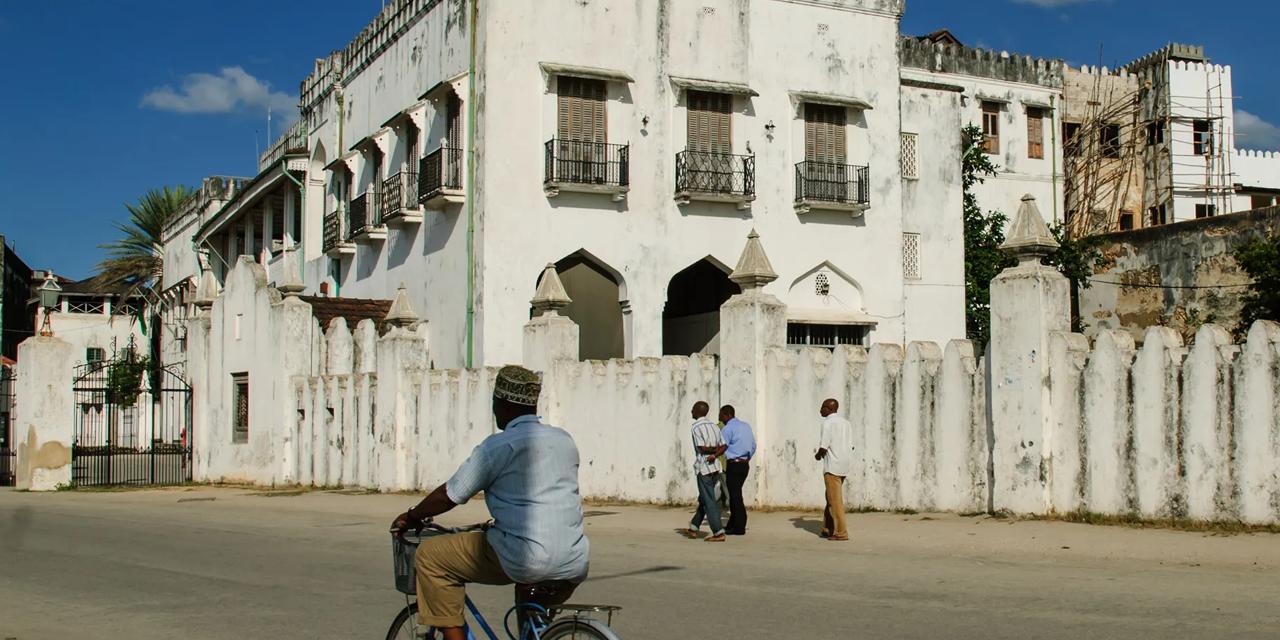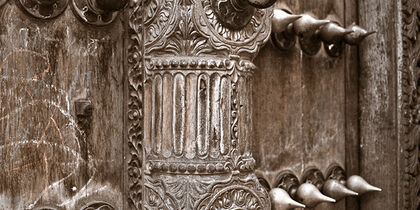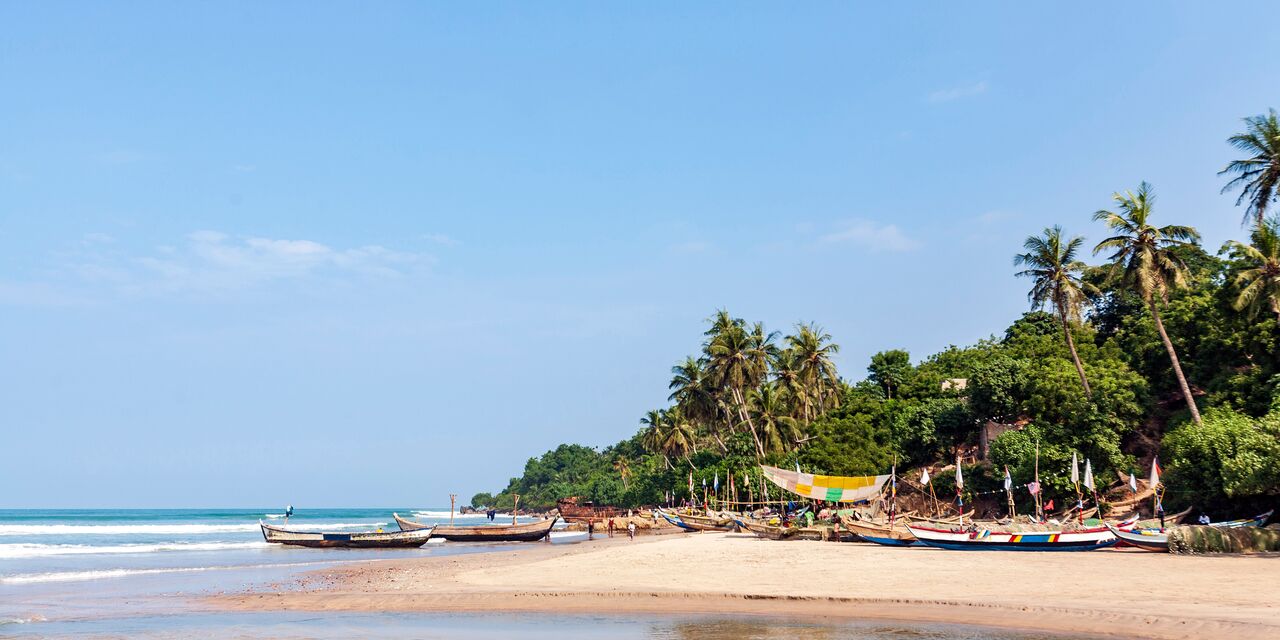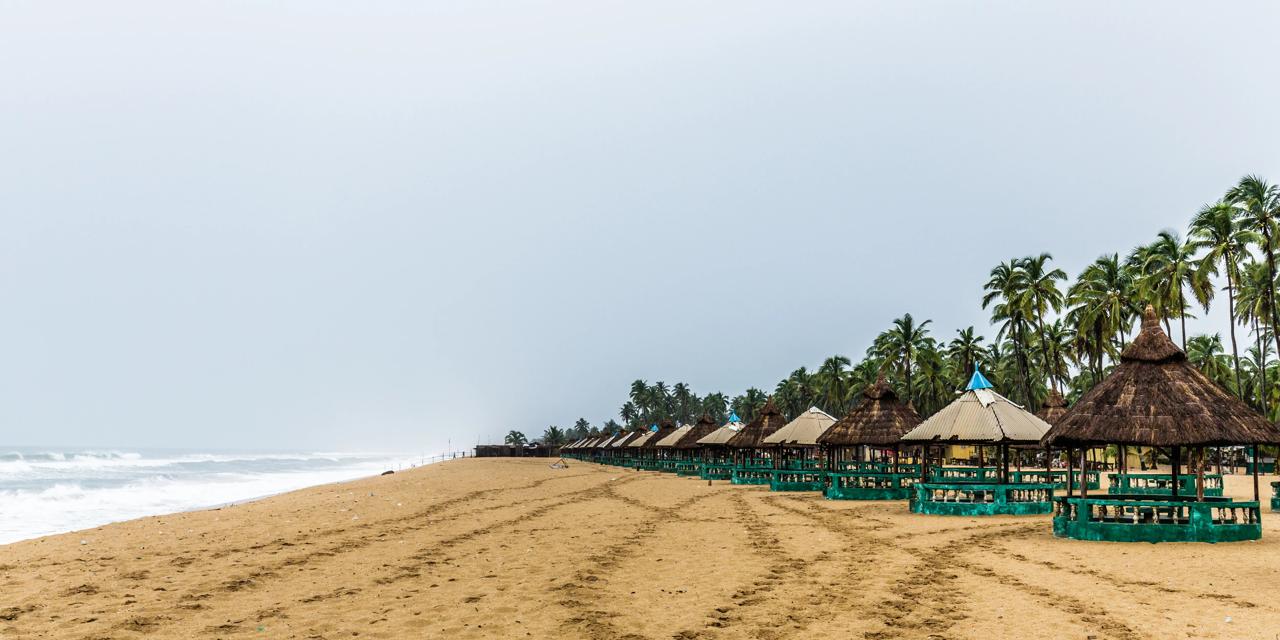The stone soul of Zanzibar
The old soul of the tropical island of Zanzibar is rooted in Stone Town. While the rest of the island developed over the years, little has changed here in the last 2 centuries. It is a magical place, perfect for exploring on foot. Stroll through narrow, winding alleys, bustling bazaars and mosques and enjoy the beautiful architecture.


A wealth of architectural styles
Traditionally, the merchants of Stone Town tried to outdo each other with the quality craftsmanship of their homes. This has led to spectacular results. The wooden doors are true works of art - you can admire around 500 different examples. The houses were built in an Indian style and feature doors with large brass buttons. These buttons were originally attached in India to repel elephants, but here they were applied purely for decorative purposes. There are also streets full of examples of East African, Persian, Arabic and European crafts. These cultures have melded together to form the unique Swahili culture. The 19th-century merchants who lived in these homes (and sometimes palaces) garnered their wealth with the spice and slave trade. The spices are still found in abundance in the lively bazaars. An impressive monument marks the spot where slaves were once traded.

The Palace of Wonders
Along the boulevard of Stone Town stands a unique structure, the Palace of Wonders. This square colossus earned its name as it was the first building on the island to have electric light and boasted the first electric elevator. It was once the residence of the second sultan of Zanzibar, who ruled the rest of his empire from this palace. Today the building houses the National Museum of History and Culture of Zanzibar.
*The displayed prices are for one adult. All amounts are in EUR. Taxes and surcharges are included. No booking fee is applicable. Prices shown may vary depending on fare availability.
The weather forecast information is provided by World Weather Online. Air France-KLM is not responsible for the reliability of this data.








